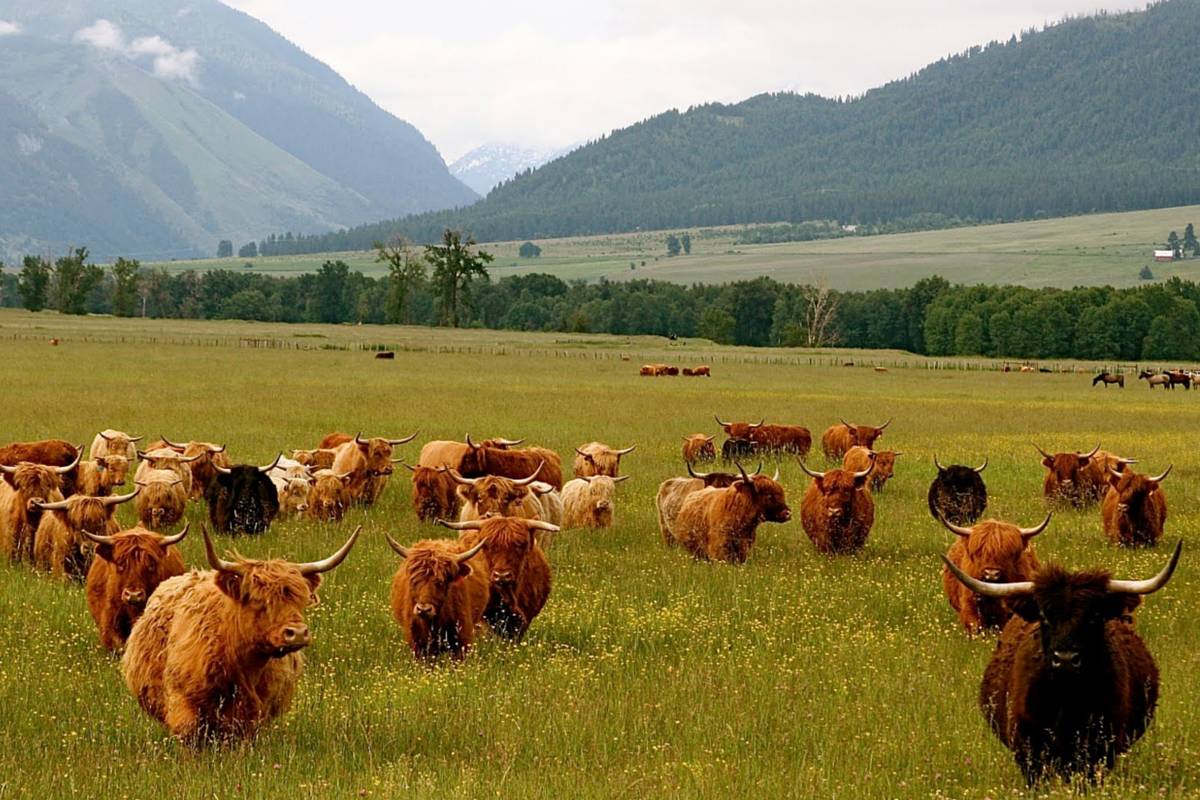
by Peter Delevett, an award-winning travel writer and editor at the San Jose Mercury News. His 14-month, 14-country backpacking trek through Asia and Europe formed the basis of the forthcoming travel memoir, Walking on the Moon. He and his family live in one of America’s three remaining Japantowns.
With its world-famous name, you wouldn’t think the town of Napa would be the stepsister of California’s wine country. But the largest city in Napa Valley long has suffered in the shadows of towns such as Oakville (home to Robert Mondavi and other renowned wineries); Calistoga (known for its hot springs); and St. Helena (where you’ll find the Culinary Institute of America – think Anthony Bourdain and Cat Cora).
Part of the problem is Highway 29, the fabled road that wends its way past vineyards and an embarrassment of vintners. While the narrow roadway swoops right through (or nearly through) the hearts of the smaller towns up-valley, all the drive-by visitor sees of Napa are some rather pedestrian outlet shopping malls.
In recent years, though, “Napa town” has been making something of a comeback. Its historic downtown now is home to an assortment of top-notch eateries, while serving as a hub for other upscale options like the Napa Valley Wine Train and the Oxbow Market. It all combines to make the town well worth the detour – if not a destination in itself.
Most of the key offerings cluster along the Napa River, where an old mill has been rehabbed into a Michelin-starred boutique hotel and several charming bistros (including the Napa General Store, an ideal spot for brunch). Just a few steps away, the even more ambitious Riverfront development has just opened for business, pairing luxury condos with attractions such as the first West Coast restaurant of “Iron Chef” Masaharu Morimoto.
A few blocks’ stroll takes you into the heart of downtown. Sample amusing pinot noirs or delectable smoked brisket at the Bounty Hunter – an unexpectedly successful marriage of wine bar and barbecue joint.
Or, cross over the river to the city’s eastern bank. Not so very long ago, this was home to Copia, a grand Mondavi-backed effort to create an “American center for food and wine” – imagine Lincoln Center for gastronomes. Unfortunately, the Great Recession and a bankruptcy filing have kept the glass doors closed for nearly two years; still, just adjacent sits Oxbow, which opened in 2008 and features a high-end “public market” akin to Seattle’s Pike Place or San Francisco’s Ferry Building. Here you might pick up hand-crafted chocolates, imported teas, Venezuelan delicacies or a picnic from the gourmet take-away kiosk run by Chef Graham Zanow . Zanow prepped under the valley’s most famous cuisinier, Thomas Keller of the French Laundry; on a recent visit, his menu included truffle-infused deviled eggs and quick-seared ahi ciabatta with wasabi mayo.
Outside are still more goodies, like the decadent charcuterie The Fatted Calf or the tasting room of Gustavo Thrace, co-founded by one of the vintners who helped put California wine on the map. Gustavo Brambila was just a young apprentice at struggling Chateau Montelena when the winery took top prize at the 1976 Judgment of Paris; his story features in the 2008 film “Bottle Shock,” well worth seeking out. Today, he offers impressive small-batch cabernet and petite sirah.
From here, options abound. You can book an evening ride on the wine train, which provides a surprisingly delicious repast as you tool through the vineyards (hint: book the later seating, so you can gaze out at the sights on the way north and focus on your food once it’s too dark to see outside). If it’s Saturday, you can check out the farmer’s market next to Oxbow. Or, you can drive north along the Silverado Trail, which parallels Highway 29 and is likewise home to a skein of wineries both famed (such as Stag’s Leap Wine Cellars) and largely undiscovered (Regusci Winery is a personal favorite).
For something even farther from the beaten path, take 29 south out of town to the Meritage Resort and Spa. This four-year-old oasis combines a 158-room hotel, an award-winning Tuscan restaurant and Spa Terra, where the menu of treatments naturally includes a grapeseed-extract facial. But the real highlight is the Trinitas tasting room, a subterranean chamber carved into the hillside. The resort’s founding family, the Busches, specifically targeted this site because they were enamored with the idea of an old-world wine cave.
Atop the hill into which the cave is burrowed stands the massive “Grape Crusher” sculpture that greets visitors to the valley. The three-ton bronze evokes the European pioneers who first settled the valley and began growing grapes here; but though artist Gino Miles meant it in part as a tribute to Napa’s past, Meritage suggests that, like a well-cellared bottle of wine, the city’s best may be yet to come.
by Peter Delevett, an award-winning travel writer and editor at the San Jose Mercury News. His 14-month, 14-country backpacking trek through Asia and Europe formed the basis of the forthcoming travel memoir, Walking on the Moon. He and his family live in one of America’s three remaining Japantowns.



